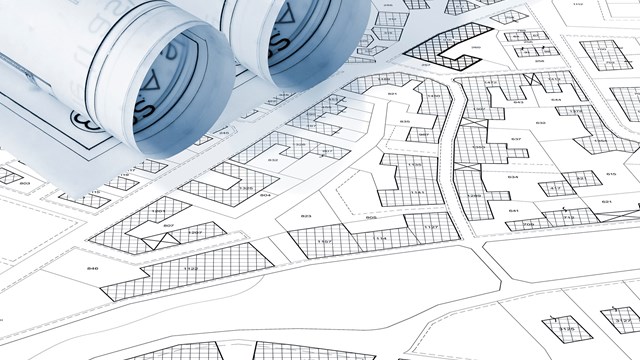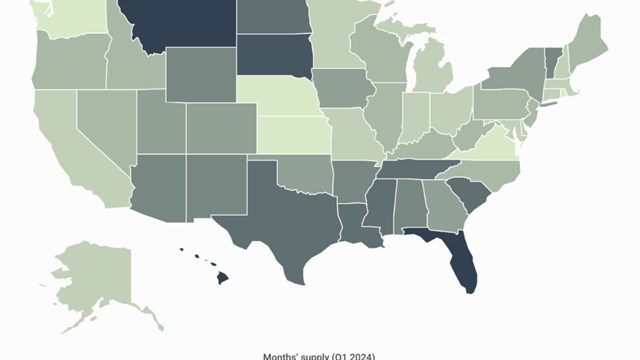The Bronx may not be known as New York City’s most glamorous borough, but a drive through the city’s northernmost section reveals signs of renewal and development that would’ve been almost unthinkable just a few years ago. From new apartment construction along the Grand Concourse across from Poe Park, to the residential conversion of existing loft buildings in Mott Haven, the number of cranes and sidewalk construction-site sheds point to big changes afoot. Curbed ran an article online in July 2018 detailing 14 major construction projects either planned or underway south of the Cross Bronx Expressway, long considered to be the northern boundary of what was once derisively known as the ‘South Bronx.’
Rent, or Own?
There has been some condominium development in the borough, explains Jason Gold, who leads the Bronx sales team for Ariel Property Advisors, a real estate investment advisory and brokerage firm based in Manhattan. “There is 221 East 138th Street, which was built as condos, and is selling at $700-$750 per square-foot. Another nearby condo project by Rosenberg Properties is slated to begin shortly.” The rest of the condominium market is in Riverdale, which, while technically still the Bronx, is not quite Bronx-Bronx, says Gold. Aside from those two projects, “Most of the new construction going on is for rentals,” he continues. “These new buildings will be for the most part at market rate. The developers are major players.” Gold says their entry into the market indicates a rising confidence in the Bronx as a market overall.
That said, “The potential for condos in the Bronx is not there yet,” says Michael Wengroff, a former lender with several major banking institutions and a developer of affordable housing in the borough. “Gentrification has not arrived in the same way as it has in other boroughs. It always seems close, but it doesn’t quite get there.” The area around 138th Street, where the two condominium developments mentioned above are located, has been the most prone to gentrification, explains Wengroff. Another well-known condominium property in Mott Haven is Bronx Bricks, where sales began in 2007 – but again, the bulk of this new wave of residential development seems to be rental, rather than condo or co-op.
One factor affecting developers’ decision to build rentals rather than condominiums is purely economic. The long-term profit from rentals is simply higher than from condominiums. Several factors are at play here, including tax considerations upon sale of the units, and how they are treated under federal income tax rules – as well as the lack of serious disparity between market rents and rents for affordable housing. Wengroff points out that they are nearly the same, encouraging developers to build rental housing for long-term hold and investment.
The Co-op Market
There is indeed a market for co-op apartments and resales in the Bronx – a fact that may come as a surprise to many. Co-op City, located in the northeast part of the borough, is one of the largest and most successful co-op communities in the country. There are many other co-op buildings along Pelham Parkway and in the Norwood section of the north Bronx adjacent to the east side of Van Cortlandt Park. In addition, the Bronx is home to the largest collection of Art Deco apartment buildings in the world, many of the located in a designated historic district that runs from 149th Street to 167th Street between the Grand Concourse and Walton Avenue.
Ariela Heilman is an associate broker with real estate firm Halstead and has lived in a co-op building in the landmark district for the past 13 years. She says there was a glimmer of the market taking off in the early 2000s – but then the Great Recession hit, and that slowed things down substantially. The result was that nearly everything that’s been built has been affordable rental housing rather than more speculative condominium development.
Heilman describes the co-op market in the district as strong and healthy, though. “The typical buyers are first-time buyers, empty nesters, and Europeans,” she says. “They don’t carry the aversion to the Bronx many New Yorkers have.” One of the controlling forces in co-op sales in this sub-market are the financial requirements boards maintain for prospective buyers, and the restrictions placed on unit owners. In the latter case, she explains, the ability to sublet an apartment is severely limited. These limitations are a result of banking policies and lender requirements. “Banks have tight rules relative to income and cash-on-hand requirements for unit loans. Boards have to enforce the same rules. In addition, lenders holding underlying permanent mortgages on the co-op properties want to see owners in residence, which severely limits subletting options.” The end result is that if you buy in these buildings, you pretty much have to live there – no purchasing with the intent of turning the unit into an investment property.
Broker Deborah Miller, also with Halstead, notes that one other factor influencing the co-op/condo choice process in the Bronx is the differential in prices between co-ops and condos. The financial entry point for condominium ownership is substantially higher than for co-ops. Often, buyers in this market are stretched as thin as possible to get into a co-op. “Many would prefer to be in a condo, as they are more flexible, but the cost of getting in—about 30% more—is a heavy lift.” Her advice is to get on the ownership ladder and work your way up as your financial profile evolves.
All considered, things are looking up in the ‘boogie-down Bronx’ real estate market. It’s only a matter of time before city-wide growth catches up with the borough. As Heilman points out, “You can find a reasonably-priced condo at Parkchester [in the east Bronx ] but it’s a one-hour subway ride into the city. It’s only about 20 minutes from 161st Street,” in the heart of the Art Deco Historic District.
AJ Sidransky is a staff writer at The Cooperator, and a published novelist.










Leave a Comment